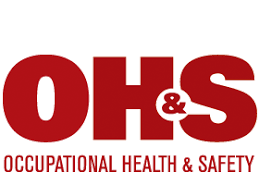Supporting Your Team: 6 Tips for Recovery and Adjustment After a Suspension Trauma Incident
When an incident happens, a quick response plan is the key to minimizing the downsides of suspension trauma.
By: Mia Barnes- Occupational Health & Safety JAN 22, 2024
There’s always the risk of suspension trauma for those whose work involves heights and safety harnesses. When an incident happens, a quick response plan is the key to minimizing the downsides. It’s a leader’s responsibility to ensure the affected team member can return to their job promptly after being rescued. Learn some valuable tips on how to do so.
Signs of Suspension Trauma
Part of the rescue plan and the role of a safety manager is recognizing the signs of suspension trauma. Some of them are observable, making it apparent when a worker is having a problem. Then take appropriate action to address the issue. Look for these presyncope symptoms:
Light-headedness
Weakness
Fatigue
Dizziness
Excessive sweating
Nausea
Changes in vision
Numbness in the extremities
These symptoms can cause fainting in as little as seven minutes of being suspended. The longer they stay in the air, the higher the risk of serious injury. So an immediate response is critical. Click here for the full article on this topic from Occupational Health & Safety Magazine.



